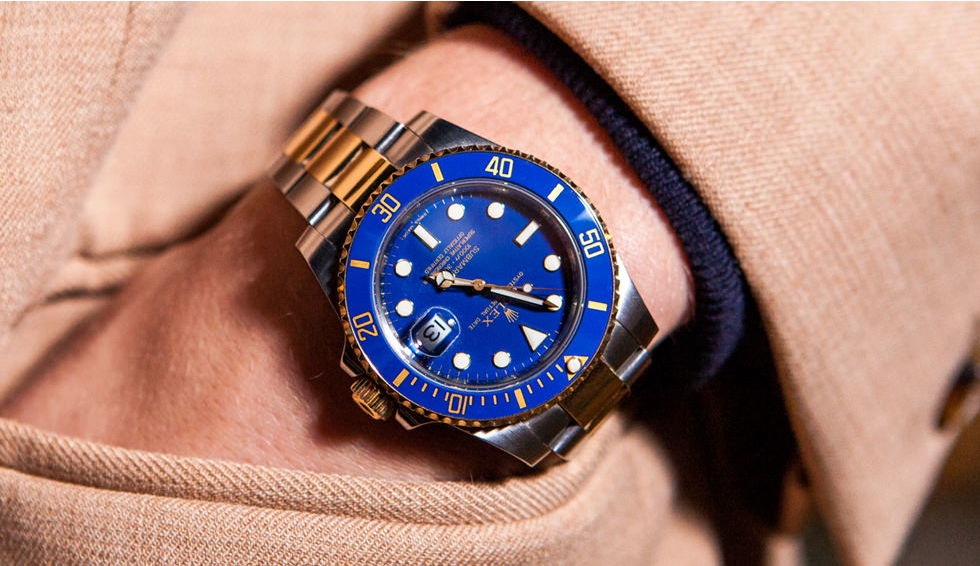The most famous luxury watch brand, Rolex, represents riches, status, and exclusivity. Many myths and rumours about this iconic brand spread due to its fame. Today, we’re debunking several Rolex watches (นาฬิกา Rolex, which is the term in Thai) myths to help you tell facts from fantasy. Alright, then, let’s debunk a few common Rolex falsehoods…
Among All Luxury Watch Manufacturers, Rolex Commands The Highest Price Tag
Although the stainless steel Oyster and Datejust, two of Rolex’s entry-level models, cost around four figures GBP, a Patek Philippe or A. Lange & Söhne will set you back a pretty penny. At auctions, anything goes, and the highest-priced Rolex Daytona Albino ever sold fetched an astonishing USD 1.4 million. But compared to the price of a Patek Philippe Supercomplication, it’s a pittance.
The American-Swiss Watchmaker Rolex
I want to get this out of the way right away: The Swiss watchmaker Rolex is responsible for creating every one of their timepieces. The fact that the corporation was initially established in London explains why this brand is commonly linked with places where English is spoken. It also adheres to a very particular worldwide company strategy by focusing on the United States and the United Kingdom, which is another factor. Besides its US subsidiary and corporate training centre, Rolex has principal headquarters in Biel and Geneva, Switzerland. The 1950s and 1960s saw the corporation prosper in the US.
Rolex Established The First Testing Centre To Verify Their Watches Were Accurate
Even as early as the 18th century, observatories existed to study the accuracy of pocket timepieces. Additionally, ships at sea required the most precise watch accuracy to ascertain longitude using the sun’s position and exact time. Although Rolex did not pioneer watch accuracy certification, it pioneered wristwatch certification. Rolex founder Hans Wilsdorf quickly saw wristwatches were the future. He prioritized technological advances that would enable the most miniature clocks.
A Rolex Can Always Be Exchanged Anywhere And Everywhere For Cash.
As far-reaching investments go, few would argue against Rolex timepieces. Although there are restrictions on their conversion to cash, some have even compared them to a different currency. In theory, a buyer must acknowledge the intrinsic worth of a Rolex to exchange it for its total exchange value. Customers must know it’s authentic, not a fake. This can be a problem since even experts can only sometimes differentiate a high-quality imitation from a genuine one.
Conclusion
As expected from the world’s most famous timepiece maker, Rolex has been criticized for real and imagined reasons. You’ll know not to believe these Rolex myths when you hear them.




